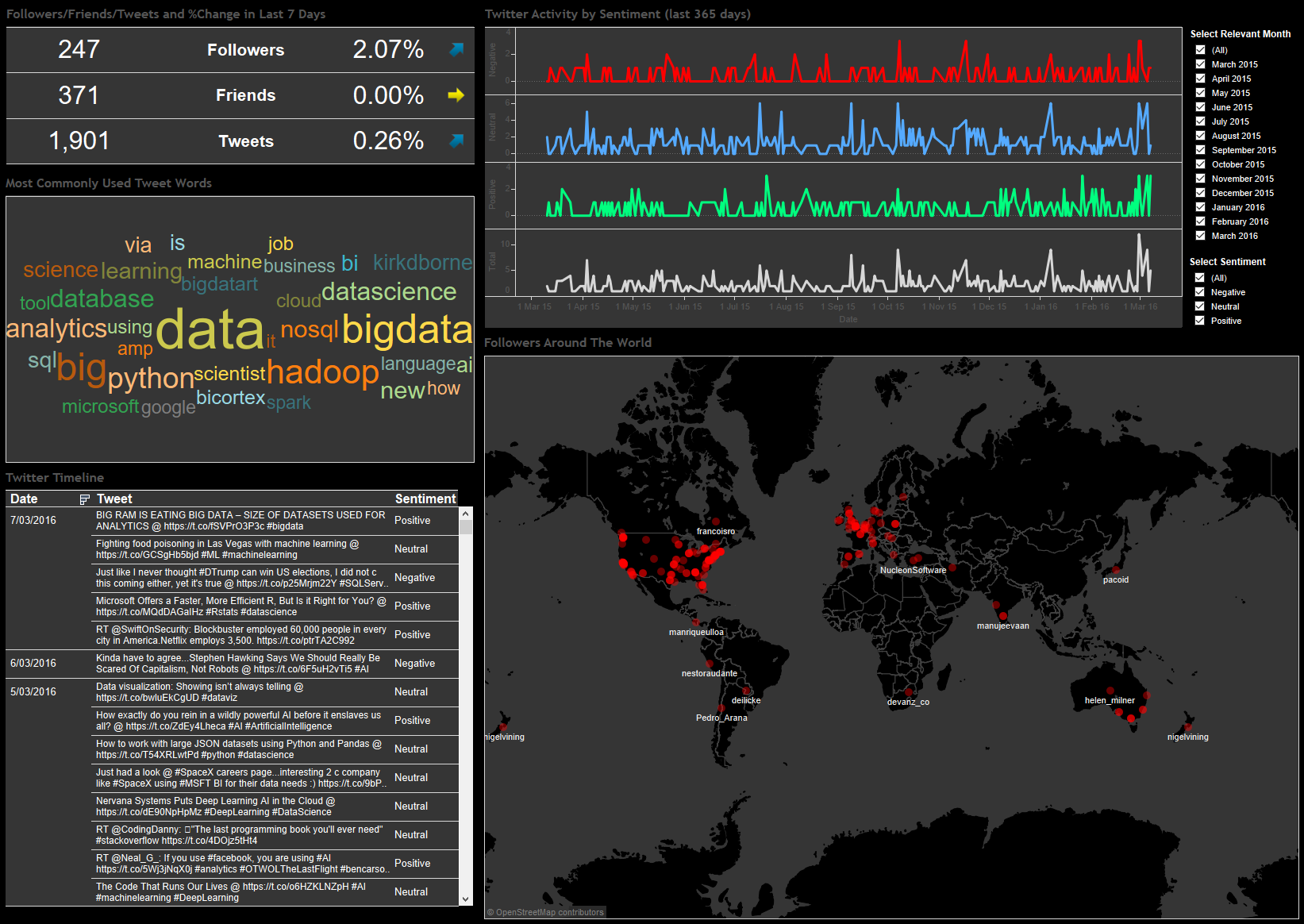

These are typical errors when entering company names manually. Inc, Ltd, SA) as the prefix or suffix, and/or some contain typos in the company name. Some account names have company types (e.g. The others have not been joined because the names do not match correctly. However, when attempting to join on account, we only join about 10% of accounts successfully. We have two datasets: one with sales per account for last year and the other with the sales representatives assigned to each of our accounts:Ībove: Sales representatives responsible for each accountĪt first glance, the solution is straightforward: we simply have to join the two datasets on the account field, and we would have the amount of sales generated by each sales representative. For this demo, we will attempt to find out how much each of the 15 sales representatives in an imaginary company sold last year. I will explain how to use Python in Tableau Prep using the demo use case below, but before proceeding to the Python part, let me give you some background on what I am trying to achieve with Python in this particular case. A blog on how to use Python in Tableau Desktop will be coming soon. Please note that using Python in Tableau Prep is different than using Python on Tableau Desktop. With Python, you can do all of this and so much more, extending the power of Tableau Prep whilst staying within the boundaries of a Tableau Prep workflow. But sometimes, you need to apply a function that has no equivalent in Prep, want to extract some data using an API interface or even apply some machine learning or natural language processing algorithms. It offers a lot of tools to pre-process and transform your data.

Tableau Prep has improved considerably since it was launched.


 0 kommentar(er)
0 kommentar(er)
